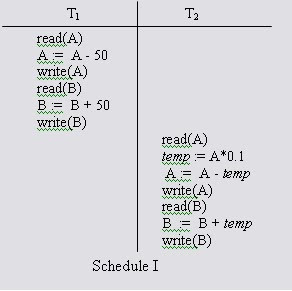[2 marks question]
1. List the disadvantages of file processing system over DBMS.
2. List the advantages of DBMS over file processing system
3. Define data abstraction and its levels.
4. Enlist various types of data models.
5. List the functions of database administrator.
6. Define data independence and its types.
7. What are component of DBMS.
8. State the characteristics of DBMS[data integrity, data independence ,data abstraction,security,backup and recovery]
9. Explain any one responsibility of database manager.
[4 marks question]
1. Compare Network model and Hierarchical data model.
2. Compare Network model and relational data model.
3. Describe network model by suitable example.
4. Explain types of database users.
5. Explain the client server architecture.
6. Explain overall structure of a DBMS.
7. What is Data abstraction? Explain the levels of data abstraction.
8. What is DBMS? Explain any 2 functions of DBMS.
9. Define Query processor and explain diff. component of query processor.
Chapter 2
[2 marks question]
1. Explain the term database schema
2. Define the terms attribute,domain,tuple,relations
3. Define term primary key, foreign key and candidate key.
4. What is meant by database authorization? give one example
5. Six properties of relational data model
[4 marks question]
1. Explain the term primary key and candidate key with example
2. What is IC ? Explain any one in detail
3. What is revoke and grant privileges?
Chapter 3
[2 marks question]
1. What is statement is used in pl/sql to display the output?
2. Explain the use of truncate statement. Give example
3. Explain the use of create table statement. Give example
4. Explain the use of insert into statement. Give example
5. Explain the use of desc/describe statement. Give example
6. Explain the use of rename statement. Give example
7. Explain the use of alter table statement. Give example
8. Explain the use of select clause with an example
9. Explain the use of from clause with an example
10. Explain the use of where clause with an example
11. Explain the use of group by clause with an example
12. Explain the use of order by clause with an example
13. Explain the use commit and rollback with an example
[4 marks question]
1. Explain sql data type with an example
2. What are aggregate functions? explain with an example
3. Explain string function with an example
4. Explain set operator with an example
5. what is cursor explain different types cursor with an example
6. what is trigger explain with an example
7. explain pl/sql block structure with an example
8. Define the following
1. Weak entity
2. Strong entity
3. Partial key
4. Owner Entity
click on follwing link to dowload doc file
Question bank Doc file






